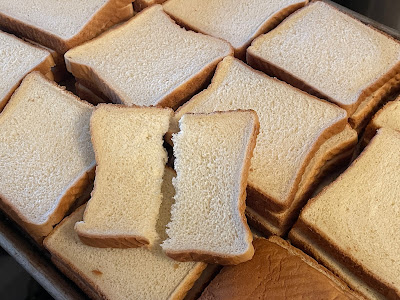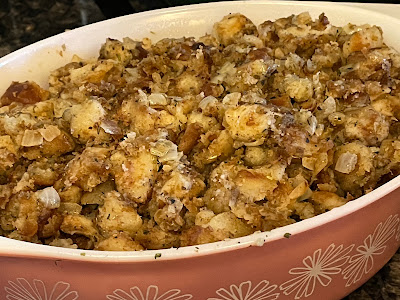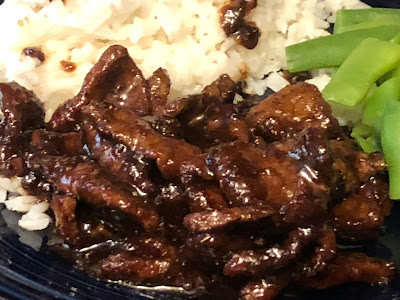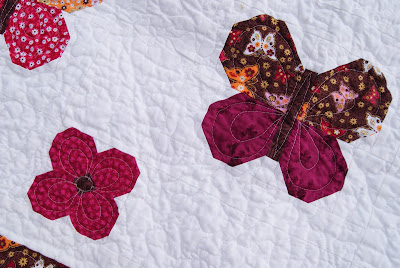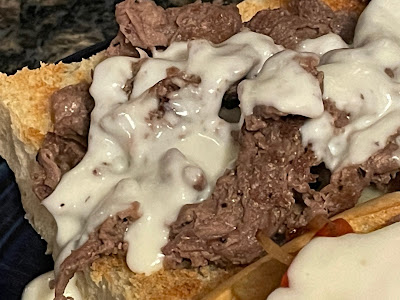We are entering the best season of the year! Fall is amazing! The temperatures are cooling down, the mornings have a slight chill in the air. Leaves are changing colors, and the smells coming from the kitchen are TO DIE FOR!
We love all the fall foods. Creating a traditional Thanksgiving dinner is so fun, and appreciated. The cranberry sauce, the dinner rolls, the mashed potatoes, and of course the turkey. But one of the traditions we’ve had the longest is my grandmas stuffing. It’s actually a German based recipe that she got from my grandfather’s family when she moved to the states. When I was old enough, I would help her with making the stuffing. It’s a process that takes a couple days of preparation, but it’s totally worth it!
I am going to share the recipe, and then share the process with pictures. I hope that it helps out my future generations and others that might enjoy trying this approach to stuffing.
Grandma’s Stuffing
1 loaf white bread*
1 large onion, chopped
1 tub unflavored shortening**
1 tsp each of: dried basil, dried oregano, dried rosemary, dried sage, dried marjoram, dried thyme, dried tarragon, poultry seasoning, garlic salt
½ tsp black pepper
The first step is to allow the bread to become stale. To make sure it becomes stale and not dry, I use a large jelly roll pan and stack the pieces of bread in piles of two.
Once the pan is full, I cover the bread with two tea towels and set them in a corner of the kitchen for a day. If the loaf of bread doesn’t fill the pan, that’s okay. Just keep the pieces all together to help with the process.
After about 24 hours, check the bread for progress. I press the top to see if it’s feeling stale but still moist inside. I flip each pile of two pieces of bread, cover with the towel again and leave for another day.
The second day might not need a full 24 hours, depending on how dry your climate is. The desert dries out a little faster than this.
Once the bread is ready, tear each piece into two pieces. With the tap water on a drizzle, slightly moisten the pieces of bread and roll it into a doughy ball in your hand. I can usually do one in each hand at a time.
I keep the tap on a drizzle so I can add more water if needed, but be careful not to add too much or your bread can become soggy and unusable.
Once all the bread has been rolled into balls, heat your non-stick skillet to med-hi heat. I use an electric roasting skillet for this as I can use less fat. You can also do this on the stove top in a deep roasting pan. I add a large spoonful of shortening to the pan to melt (about 1/3 c spread around the pan).
Once melted, add the chopped onions and cook them to a nice, soft, browned color. Similar to caramelized.
Mix all of the herbs together in a bowl for later. Set aside.
Once the onions are finished, remove them and set aside.
Add another scoop of shortening (again about 1/3 c spread around the pan) and as it melts you will add your balls of bread.
To add the bread to the pan, I pick up a ball and tear it into two or three pieces and drop them carefully into the pan. Don’t let the shortening splash out as it will burn. Cover the bottom of the pan completely with half of the bread balls. You should hear the bread sizzling in the shortening and it should be getting a little darker color and crispness on some edge pieces.
Once the batch of bread is added, add more shortening; about 1/3 c on either side of the pan. Continue to let the bread brown and toast.
When you start to see some nice color in the pan, add half the onions back to the pan as well as half the herb mixture. Continue to stir, checking to make sure nothing is burning or sticking to the pan. Add more shortening as needed.
Once the stuffing is well toasted and seasoned, remove from the pan into a casserole dish.
Repeat this cooking process again with the second batch of bread balls. Once complete, add to the casserole dish with the first batch. Stir together and your stuffing is ready.
I actually make this a day or two ahead of time and reheat it in the oven on the day we’ll be eating it. Minimizes the amount of prep I need to do on feast day. Reheating in the oven also gives a nice crisp to the top of the stuffing and helps improve the fluffiness of the stuffing.
Side Notes:
*I’ve tried A LOT of different breads; butter bread, sourdough bread, whole wheat bread. I found that good old store bought white sandwich bread works best. It can also be homemade, like a tasty egg bread or sandwich bread.
**I’ve tried using butter-flavored shortening and it’s not the same. You want to use an unflavored shortening like Crisco in the blue can.






